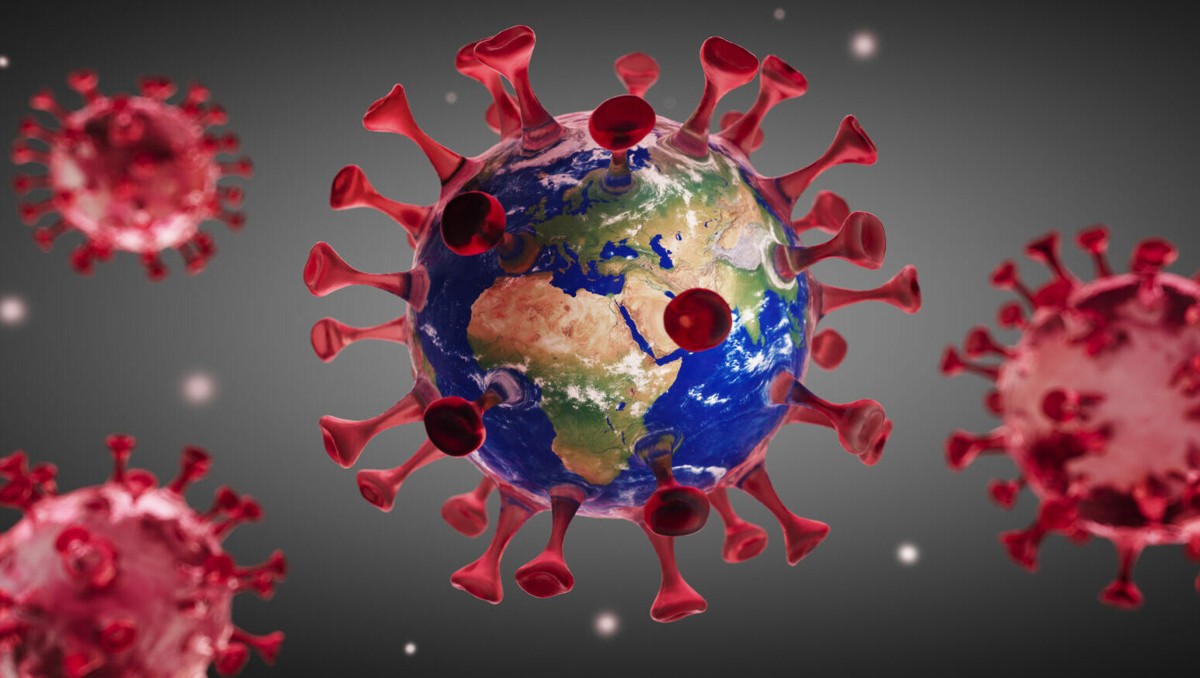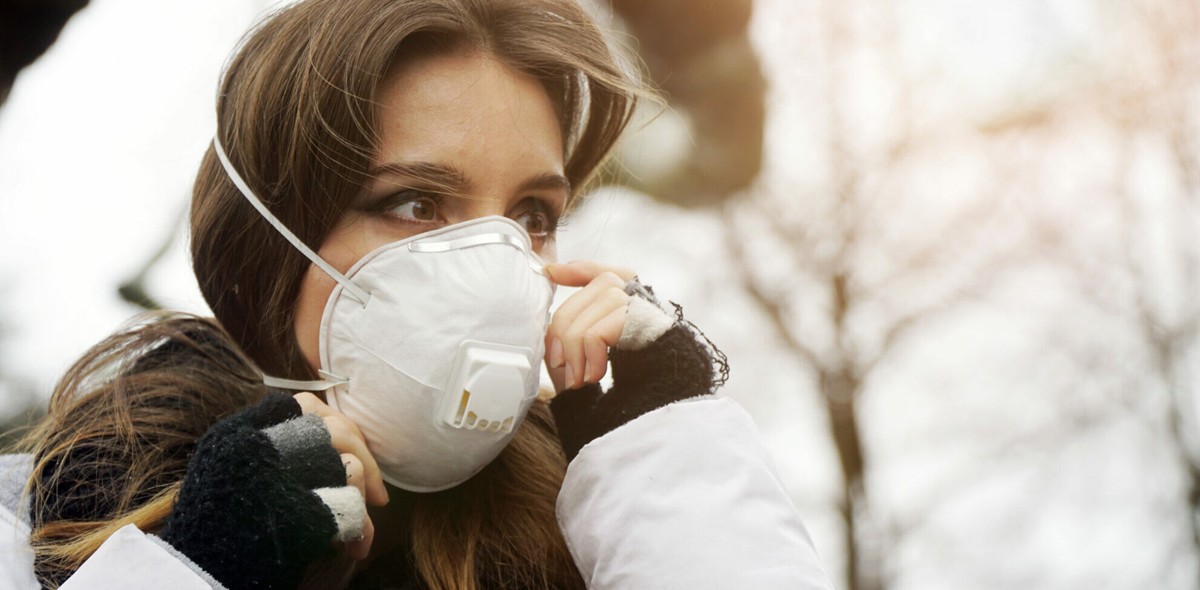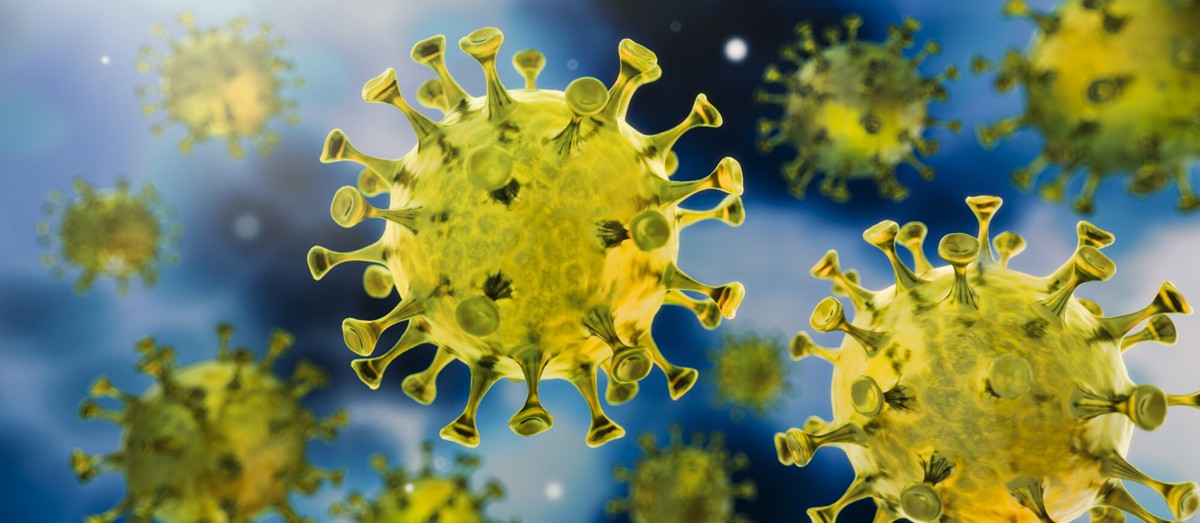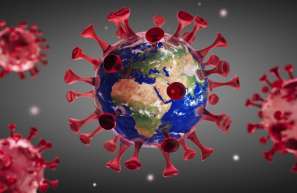In my 4 years of experience in occupational medicine, I have not seen organizations as concerned while acting reactively, even with previous infectious outbreaks of SARS and Swine Flu epidemic. Unprecedented disturbance of the global health and development has been noticed since the COVID-19 pandemic has started. The world’s attention has been redirected from political conflicts and economic competition to fighting infectious diseases, supporting healthcare workers & delivering social services.
Accordingly, organizations find their work complicated by challenges related to health and safety, supply chain logistics, access to services and financial stress. The short-term implications of this global challenge are evident everywhere, but the long-term consequences of the pandemic are still difficult to be predicted, especially on working environments and different occupational cohorts. In fact this has been devastating for many individuals around the world as they realize that their employment is threatened and their trades are going extinct!

At the macro level, experts indicate that countries will re-evaluate their supply chains for critical health and livelihood related products. This is expected to lead to a surge of need for producing more pharmaceuticals, medical supplies and equipment domestically, to avoid added cost. Even countries that traditionally had no capability in these areas are seeking to develop the same through huge investments in research, medical and nonmedical means of prevention. In addition to improving their crisis management system, some countries also continue to support other countries being rigorously affected, as has the UAE done since the beginning of the outbreak. On the other hand, countries who suffered huge economic losses due to the pandemic may use it as an excuse to cut support & aid to allies for health & prevention initiatives to secure their local needs.

Economically, considering the rapid changes in global markets, regional & global economic recessions also seem to be inevitable. This will not only impact economies and the financial stability of societies, but will also have significant impact on their physical and mental health. Also, movement restrictions and the suspension of commercial air transport routes risk and impose severe impact on access to many people in need for humanitarian aids. If the pandemic starts affecting the global food markets, the impact will be even more pronounced by the most vulnerable. However, observing the initial reactions to the pandemic and how organizations have responded with revision of their strategies and relationship with their partners, it is expected that many will discover their fragility and eventually come closer to the self-determination of their development track and the choice of the most suitable policies and partners. Not only this highlights how interconnected governments are but also demonstrates their common vulnerabilities.

Having had the opportunity to explore those expert opinions and visualizations, their consequences and rapid reflections on organizations globally made me more curious to further explore their impact on organizations. For example, digital connectivity, although available long ago, has been resisted by many individuals as well as some organizations around the world. Now teleconferencing and videoconferencing are used routinely and individuals as well as organizations seem to be well adapting to this mode of connectivity. This will further pave the way for supporting organizational policies on remote working, distant learning and easy and rapid access to international expertise.

Additionally, organizations will hereafter have to deal with the psychological consequences of the pandemic with expected increase in staff complaining of insomnia, burnout, depressive and anxiety disorders and post-traumatic stress disorders. This is not limited to the vital sector staff, many other organizations and companies will have to consider policies to ensure the mental health and wellbeing of their staff. With all these impacts considered and their consequences reflected upon, the pandemic will soon force revisiting occupational health and safety policies and regulations at governmental as well as organizational levels. Policies and regulations governing the employer's responsibility to control and minimize workplace hazards, provide Health Insurance covering pandemics and follow guidelines on the provision and use of Personal Protective Equipment (PPE) when needed will be significantly impacted and demanded for hereafter.
Now, here are examples on how certain trades are being affected by the pandemic from my personal visualization of the impact of the COVID-19 pandemic. There is a long list of jobs that involve direct contact with the public and close physical proximity to others. Workers in retail shops, restaurants, fast food, and delivery services are at increased risk for exposure to infected persons due to the large number of daily direct contacts, Others work in close proximity to their customers such as barbers, manicurists, and physical therapists. It is not clear yet whether these jobs will be as rewarding in terms of return on investment if clients chose other options like online shopping or home service to maintain physical distancing.

In contrast, with many other jobs the risk to contract the infection is reduced as workers are able to work from home. Therefore, it is not clear if employers will start changing their routine workflow to accommodate remotely working staff or even consider pay cuts for more flexible working hours. On the other hand, many employers of white collars and call center workers have not implemented remote work policies nor they seriously considered providing safe and healthy work environments, assuming the low risk profile of the desk based work environment they offer.
As a result, occupational health and safety societies and authorities published guidance to help businesses respond to challenges related to the pandemic, urging all employers to develop an emergency preparedness plan, infectious disease control and prevention protocols, Employee Assistance Programs (EAP) to address mental health issues and respond to extended absenteeism and shifting patterns of commerce. Many organizations either failed or continue to face challenges implementing published guidance due to lack of the technical knowledge and limited access to related professionals. This has created more job opportunities around the formation and implementation of such guidances, specifically in the fields of risk and quality management, health and safety, and for those with more complex operations, change and transformation management.

As they are overwhelmed responding to COVID-19, it is important to highlight the efforts and interventions adapted by healthcare systems around the world to adapt to the changes and novel workplace practices. Healthcare systems embraced more technologies and digital solutions that were resisted or put on sidelines of most systems. For example, being initiated to minimize exposure to COVID-19 cases, telemedicine consultations are found to be effective for triaging care, sharing critical guidance, outreach to rural areas, providing emotional support beside offering consultations on non critical complaints.
Other solutions such as Dashboards for logistic management systems, Robots for disinfection and medications or meals delivery and AI employed to provide insights into complex questions are getting more attractive and may create a major shift at the provision of healthcare services. Given their role at the forefront of the battle against COVID-19 pandemic, I would like to praise my fellow colleagues, health care workers, as they deservedly continue to receive international attention. It is also important to mention that they continue to look forward to communities support and have tremendous need for regulations and strategies to protect them by increasing their awareness of risk and provision of necessary PPE and appropriate infection control and prevention protocols. Not that they are at very high risk of exposure due to their direct interaction with positive cases but also that they may contribute at transmission of the virus through their social contacts in the community.
The COVID-19 pandemic has overwhelmed the world and continues to challenge governments, organizations and individuals equally. The most recent scientific data suggest that the corona virus is more likely to persist for at least few years in form of scattered outbreaks. Many examples stand out proving that opportunities can be created despite of the tremendous uncertainties associated with this novel virus. It is new to all of us, so adaptation is the way forward!

































































Egyptian Site & magazine